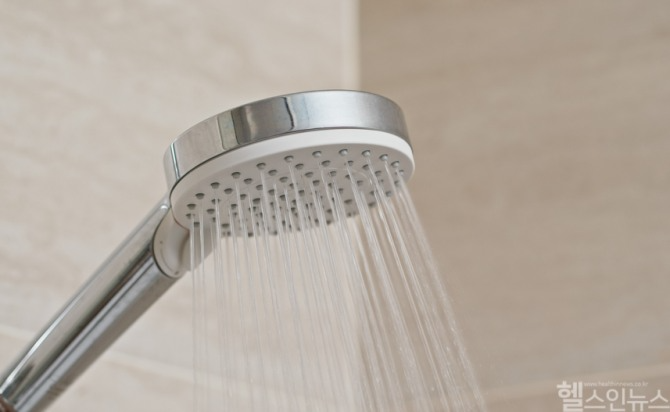The Hidden Health Risks of Your Showerhead: Why Regular Cleaning Matters
Microdroplets Pose Respiratory Risks
When you shower, the water spray isn’t just a stream—it includes microscopic droplets, or aerosols, that disperse into the air. These aerosols can carry bacteria or fungi from the showerhead, potentially introducing them into the respiratory system. While this typically poses minimal risk to healthy individuals, those with weakened immune systems or chronic lung conditions face a heightened risk of respiratory infections. Research has identified non-tuberculous mycobacteria (NTM) in shower water, which, if repeatedly inhaled, may lead to bronchitis or lung disease.
Rinsing Your Mouth with Shower Water? Think Again
Some people rinse their mouths with shower water after brushing their teeth for convenience. This habit, however, is inadvisable. The mouth is particularly susceptible to bacterial infections, and contaminated particles from the showerhead can enter directly. For individuals with compromised dental or gum health, this practice could elevate the risk of infection, making it a habit best avoided.

Skin Health at Risk from Contaminated Water
Showerhead contamination doesn’t just affect the lungs—it can also impact the skin. Bacteria-laden water droplets can exacerbate dermatitis or cause itching upon contact. For individuals with atopic dermatitis or sensitive skin, repeated exposure to contaminated water may worsen symptoms, necessitating extra caution.
How to Keep Your Showerhead Clean
Maintaining a hygienic showerhead is straightforward. Regular cleaning is essential, and detachable showerheads can be soaked in a solution of vinegar or baking soda to reduce limescale and bacterial growth. Some experts also recommend using diluted bleach or chlorine-based disinfectants for thorough sanitation. If cleaning proves challenging or the showerhead has been in use for an extended period, replacement is advisable. Depending on water quality and usage, experts generally recommend replacing showerheads every six months to a year.
A Simple Habit for Better Health
Though often overlooked, the showerhead’s cleanliness can significantly impact health. Neglecting maintenance increases exposure to harmful bacteria, potentially burdening respiratory and skin health. Keeping your showerhead clean is more than a matter of hygiene—it’s a vital habit for safeguarding your well-being. This small effort can yield significant long-term benefits for you and your family’s health.
Oh Ha Eun / press@themedik.kr
Headlines
-
 Healthcare
Healthcare
As Winter Bites, Pet Kneecaps Slip: The Hidden Threat of Patellar Luxation in Dogs and Cats
-
 Wellness
Wellness
Korean Herbal Tea Culture: A Wellness Tradition for Body and Mind
-
 Healthcare
Healthcare
How to Counteract Caffeine’s Effects for Better Sleep
-
 News
News
Celltrion Launches Aptozma Biosimilar in U.S. Market: 35% Price Reduction and Blue Cross Coverage for Autoimmune Treatment
-
 Healthcare
Healthcare
Blue Light: Is It Really a Threat to Your Eyes and Health?
-
 Healthcare
Healthcare
The Hidden Health Risks of Your Showerhead: Why Regular Cleaning Matters
-
 Healthcare
Healthcare
Understanding Labial Health: Addressing Discomfort from Enlarged or Asymmetrical Labia Minora
Doctors & Hospitals
-
 Healthcare
Healthcare
AI-Powered Smartphone Tool Opens New Path for Early Autism Screening in South Korea
-
 News
News
Korean Surgeon Pioneers Remote Bladder Cancer Surgery Training Using Da Vinci 5 Platform
-
 Healthcare
Healthcare
Myocardial Infarction Risks Surge in Fall: How to Protect Your Heart
-
 Healthcare
Healthcare
Innovative Korean Acupuncture Therapy Offers Hope for Acne Scar Treatment
-
 Healthcare
Healthcare
Thyroid Surgery and Recovery: Essential Post-Operative Care Guide
-
 Healthcare
Healthcare
New Graphene-Based Biosensor Enables Early Diagnosis of Hemolytic Uremic Syndrome
-
 Healthcare
Healthcare
Cold Weather and Heart Health: Why Morning Exercise Can Pose Risks for Angina Patients






